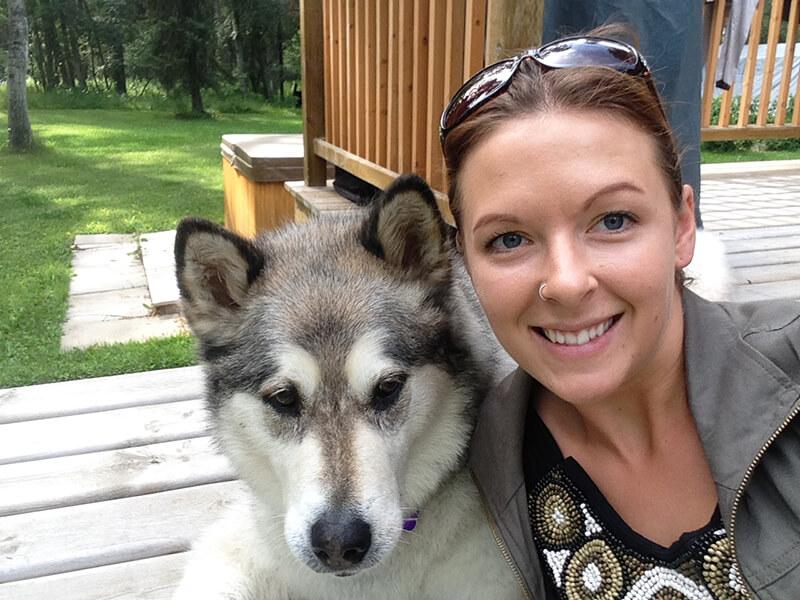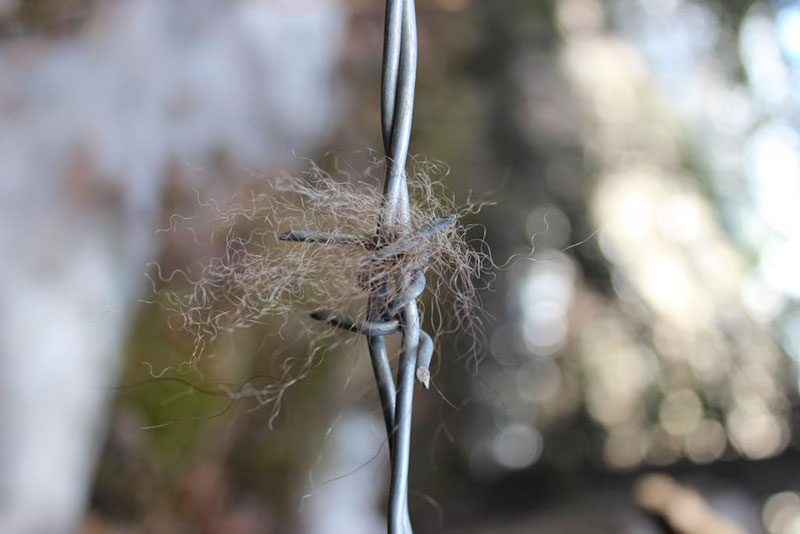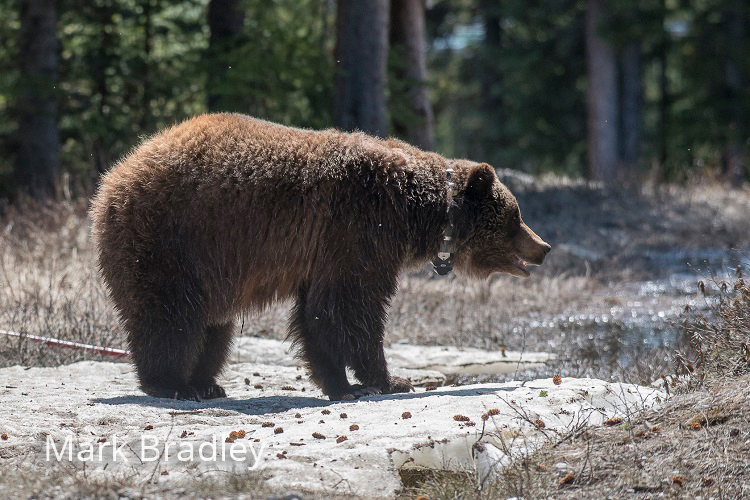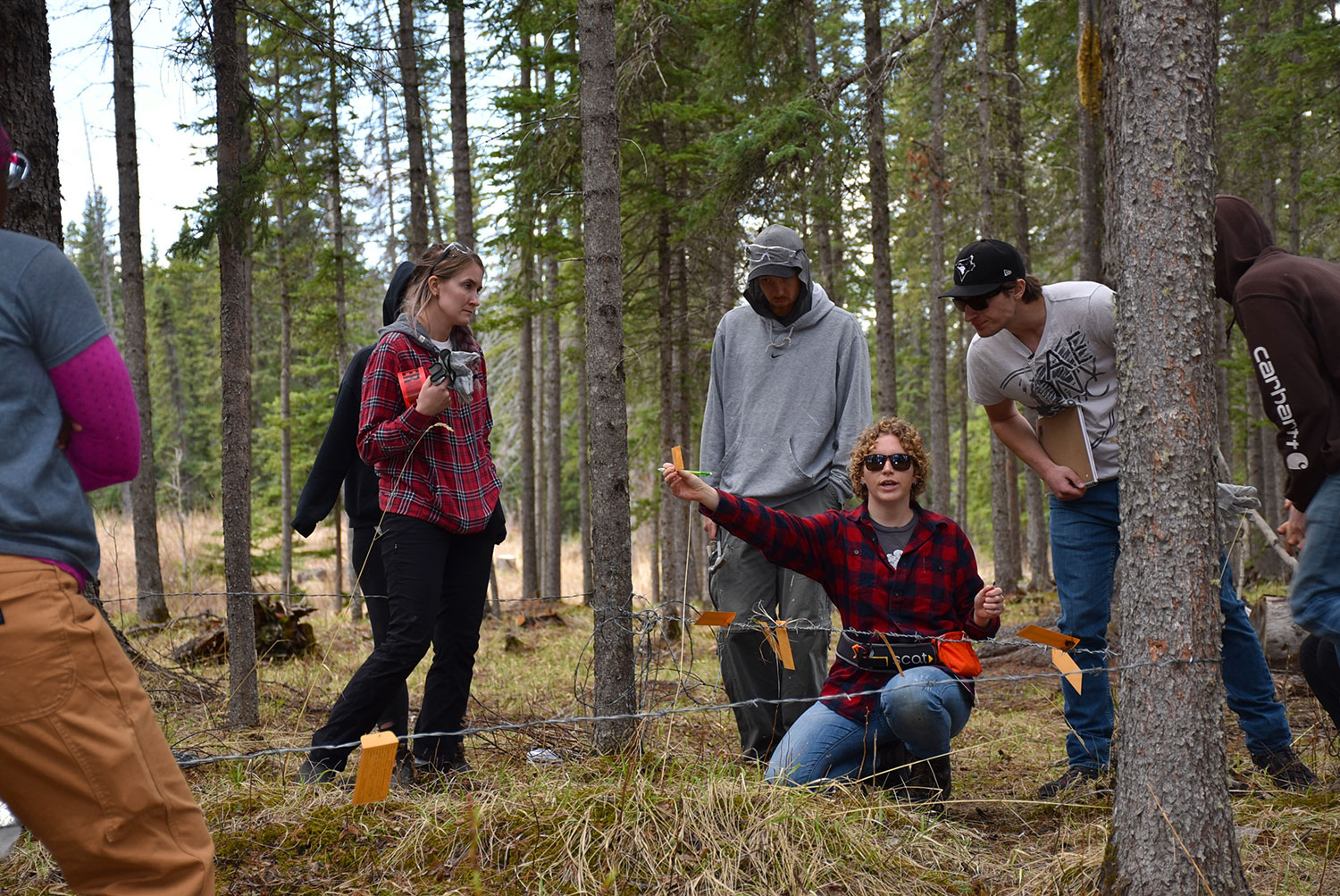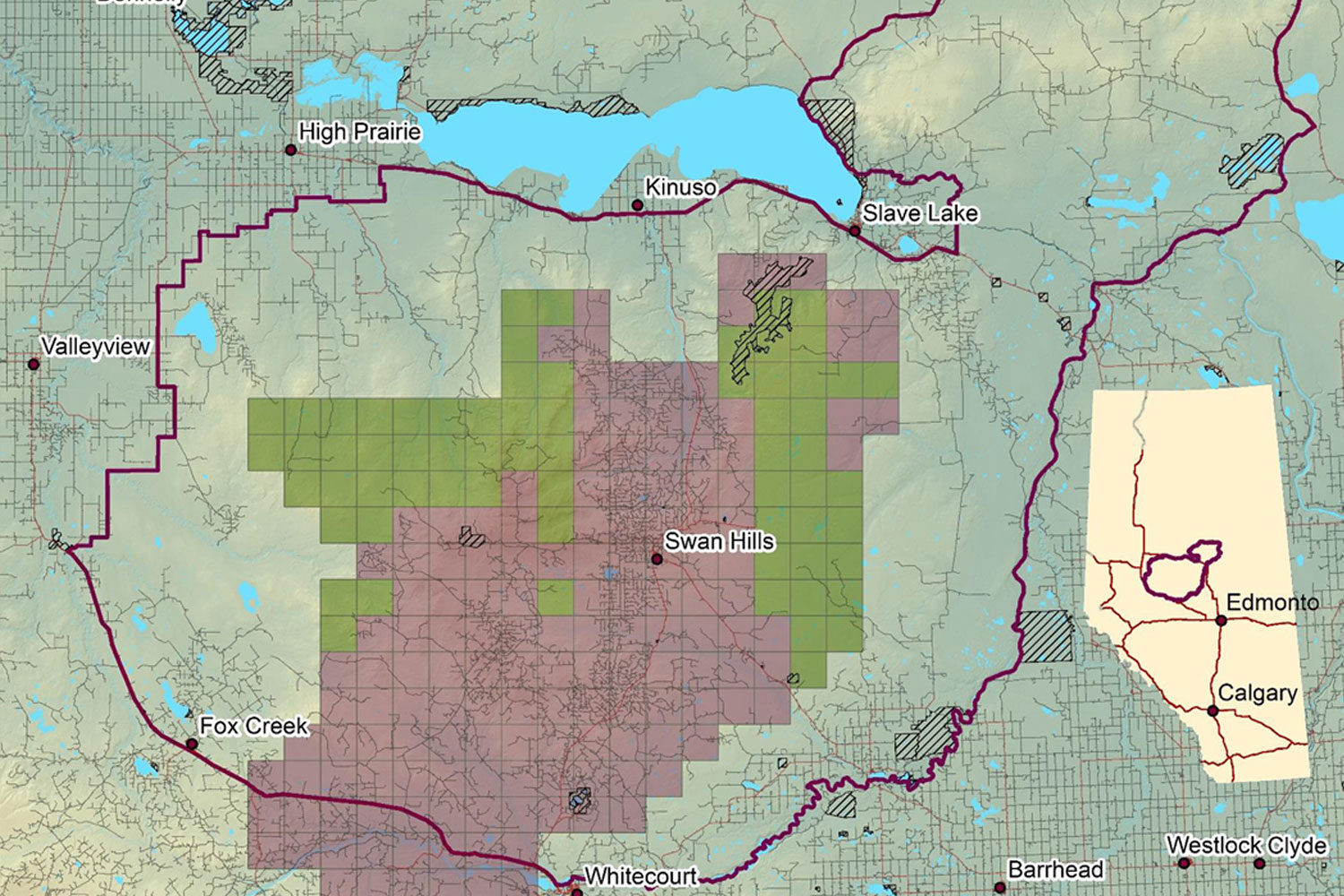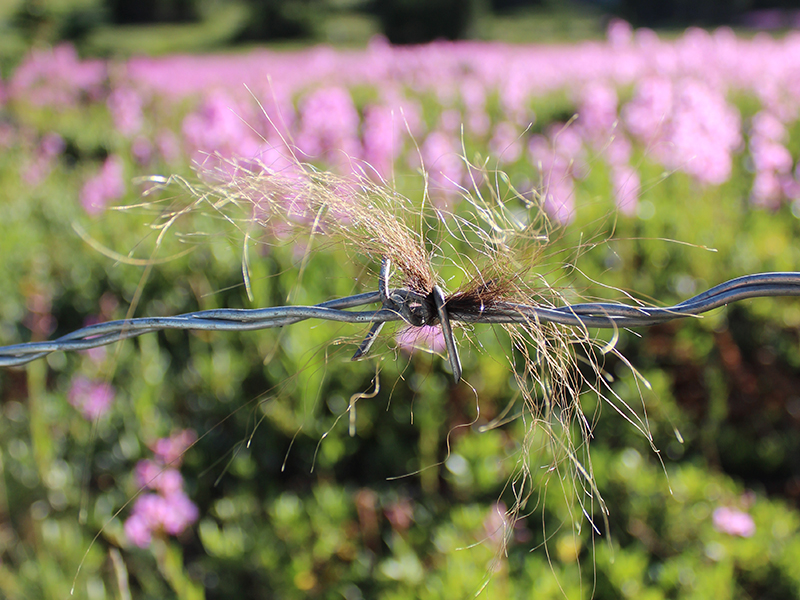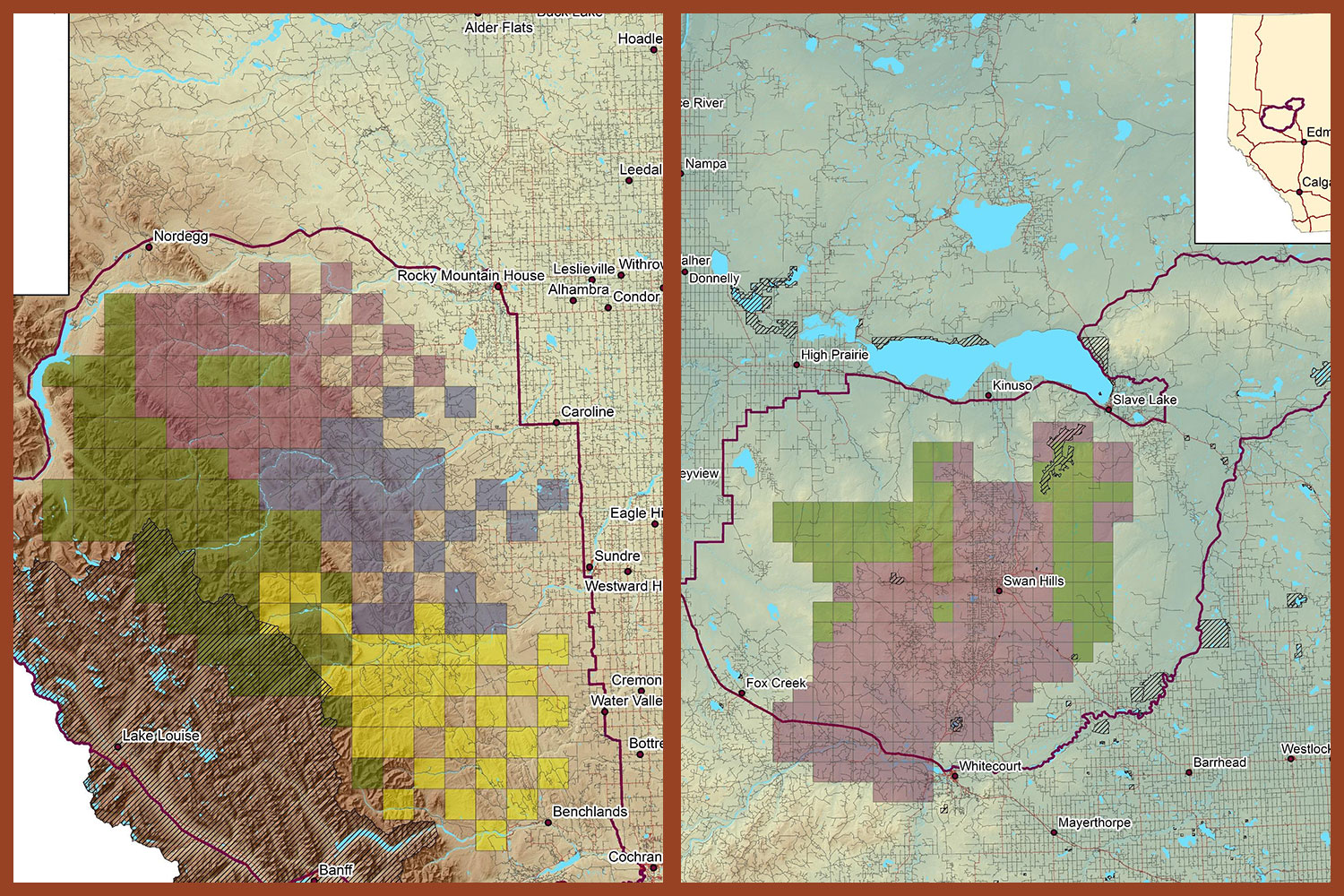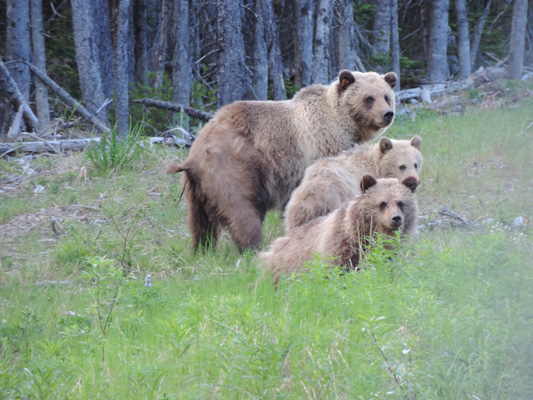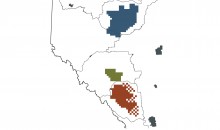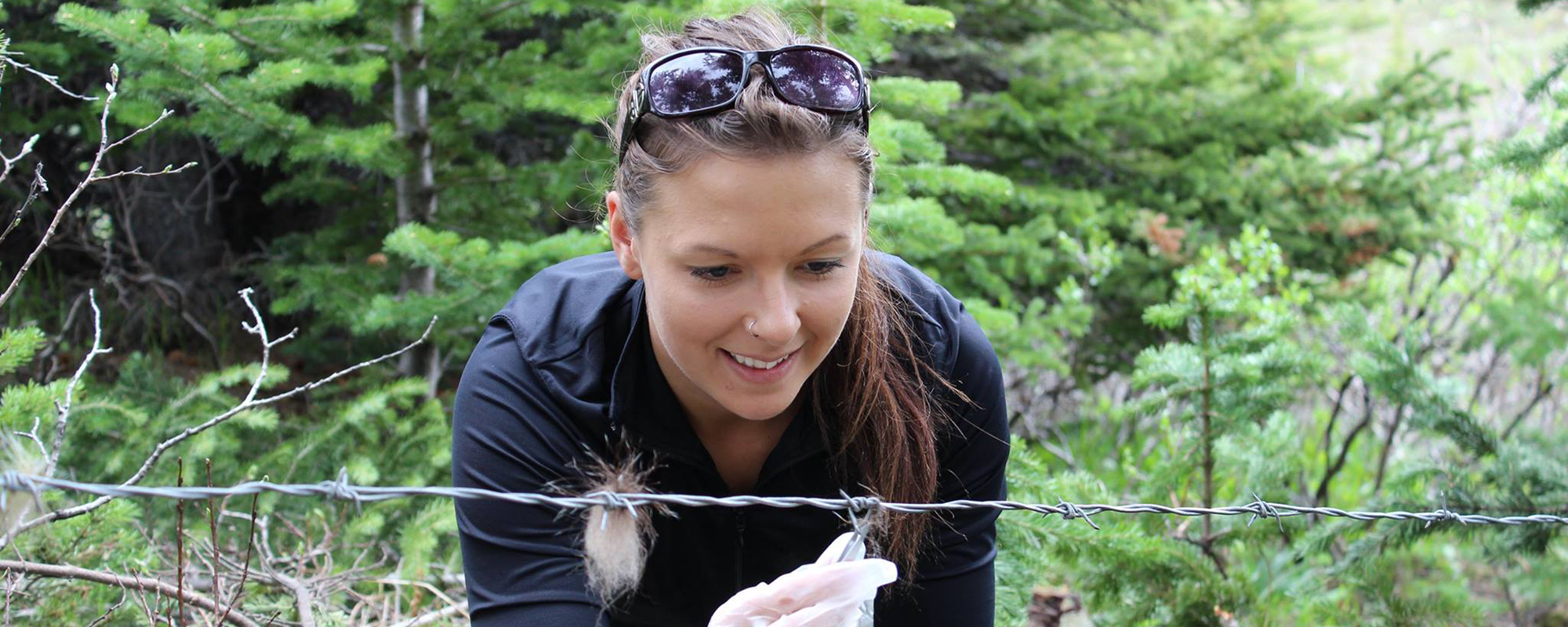
Swan Hills (BMA 7) Grizzly Bear Population Inventory
This DNA mark-recapture study uses hair snags to conduct the first ever estimate of the population of grizzly bears in BMA 7. Swan Hills Bear Management Area (BMA) 7 is the only provincial BMA that has not been surveyed using DNA mark-recapture. BMA 7 is located east of the Grande Cache (BMA 2) population. Similar to our 2014 inventory of BMA 3, we will use hair snag sites to non-invasively collect DNA samples throughout the BMA. The main objective of this project is to obtain an estimate of grizzly bear population size, and to assess their spatial distribution relative to core and secondary areas based on prior RSF modelling.
Background
While no mark-recapture populatoin inventory has been done for this BMA before, the Grizzly Bear Program has previously fitted bears in the area with wildlife tracking collars.
This data, with habitat quality and road density data, allowed us to determine core and secondary zones in the BMA. There is a rather abrupt cutoff in habitat quality outside of secondary areas and therefore it is likely that most home range centers are contained within the core/secondary areas, though bears most likely venture into areas adjoining the secondary zone especially if the population is increasing.
The majority of the core and secondary areas have high habitat value, however, the central region has high road density and therefore it is categorized as secondary habitat.
Objectives
Primary objective: obtain an estimate of population size of grizzly bears in BMA 7.
Secondary objective: assess the spatial distribution of grizzly bears relative to core and secondary areas defined by previous RSF modelling.
Overall, this project will also allow us to better understand genetic connectivity between BMAs, bear distribution relative to forest management activities, and also how current road networks and linear features are related to the distribution of bears.
Methods
The inventory will use similar methods to previous inventories, where barbed wire hair snag sites are set up throughout the BMA. We then collect the hair left by visiting grizzly bears and extract the DNA to identify individual bears. This is essentially a mark-recapture design.
The previous wildlife tracking collar research has been useful for picking the optimal sampling method for the area, though several options targetting about 200 hair snag sites were simulated. The team settled on a 7×7 km cell grid, with core habitat getting double the density of sampled cells as secondary habitat.
In May and June 2018, four ground and one helicopter team will set up and re-visit the sites to collect hair snags. In August, the hair will be cleaned, sorted, and delivered to the lab for DNA extraction and analysis. We expect to receive results by March 2019. Our full analysis will be completed in May 2019.
Planning and preparation underway
A week of safety, equipment, and of course, hair sampling training.
Crews begin setting up hair snag sites.
